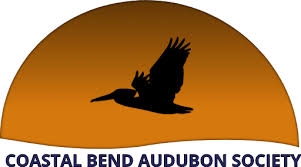Meeting Summary: The Texas coast supports 120,000 pairs of breeding waterbirds annually, relying on a network of colony islands stretching from Galveston to the Rio Grande. Each year, millions of dollars are invested in creating, managing, and restoring these islands. However, without strategic guidance on which islands provide the greatest benefit to birds, conservation efforts may not be as effective as possible.
The Colony Island Network Design and Implementation (CINDI) project, a five-year initiative led by the Harte Research Institute (HRI) and funded by the NOAA RESTORE Science Program, aims to enhance conservation efforts by co-producing a prioritization tool for colony island restoration and management. This tool will help optimize resource allocation, maximize cost-effectiveness, and support the recovery of waterbirds.
CINDI is a collaborative effort between researchers at HRI and natural resource managers from state, federal, and nonprofit organizations. To ensure our approach reflects the broader conservation needs of colony islands, we seek to engage a diverse group, including organization like Texas Audubon.
About Our Speaker: David Essian, Ph. D., is an Assistant Research Scientist working with HRI Endowed Chair for Conservation and Biodiversity, Dr. Dale Gawlik. He earned a B.S. and M.S. in Biology from Northern Michigan University, and his Ph.D. from Florida Atlantic University. His Master’s work focused on the food web dynamics associated with avian botulism Type E die-offs of waterbirds in the Great Lakes. For his dissertation, he developed a spatiotemporally dynamic model of resource availability for wading birds as a function of water level fluctuations. The variables used in his model are under a high degree of control by managers, and therefore were useful in demonstrating potential effects of water management. He also showed that not only magnitude of resource availability, but the timing and spatial configuration of availability, regulate numeric and demographic responses of wading birds.
In his role at HRI, he will work on the Colony Island Network Design and Implementation project (CINDI). He will help design workshops and develop a spatially explicit prioritization tool for stakeholders charged with moving dredged spoil material, with an emphasis on waterbird recovery in the Gulf.

